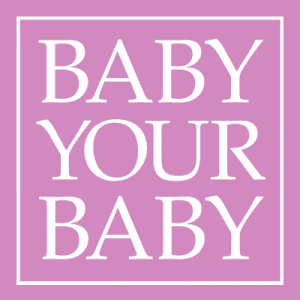Sudden Infant Death Syndrome (SIDS) is a very real concern for parents. Since the back to sleep campaign in the early 90’s we have seen a significant decrease in the number of deaths from SIDS or Sudden Unexpected Infant Death (SUIDS). However, there are still about 3,500 deaths per year across the United States.
The American Academy of Pediatrics (AAP) has updated its guidelines and reevaluated past recommendations based on numerous studies and extensive research.
Room Sharing
The main guidelines are mostly the same with the biggest change in the area of room sharing:
- Place the baby on his or her back on a firm sleep surface such as a crib or bassinet with a tight-fitting sheet
- Avoid use of soft bedding, including crib bumpers, blankets, pillows and soft toys. The crib should be bare
- Share a bedroom with parents, but not the same sleeping surface, preferable until the baby turns 1 but at least for the first six months. Room-sharing decreases the risk of SIDS by as much as 50 percent.
- Avoid baby’s exposure to smoke, alcohol and illicit drugs
Skin to Skin and Feeding Your Infant
Skin to skin is recommended immediately following birth for at least an hour.
Skin to skin should take place regardless of feeding or delivery method and as soon as the mother is medically stable and awake.
Breastfeeding is also recommended as added protection against SIDS.
After feeding, the AAP encourages parents to move the baby to his or her separate sleeping space, preferably a crib or bassinet in the parents’ bedroom.
Additional Recommendations
If you are feeding your baby and think you may fall asleep, feed your baby on your bed, rather than a sofa or cushioned chair.
If you do fall asleep, as soon as you wake up, move the baby to his or her own bed.
There should be no pillows, sheets, blankets or other items that could obstruct the infant’s breathing or cause overheating.

 Free info for you and your baby! Text BABY to 511411
Free info for you and your baby! Text BABY to 511411